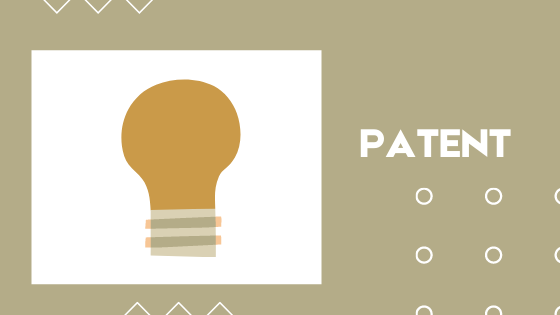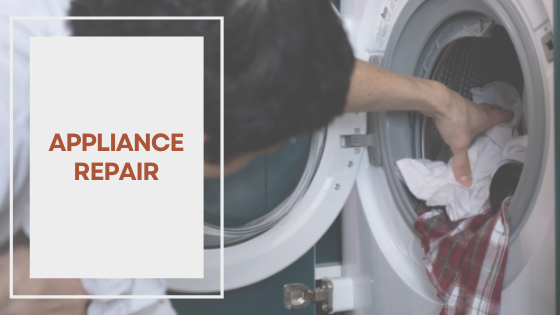What’s a Patent all About?
A patent conveys to the holder the right to exclude other parties from making, using, selling, or offering for sale the product or process the patent covers. United States patents cover all uses of a patented item in the United States, including the importation of goods a patent describes or goods made by a method the patent describes. Patents from other countries provide similar rights in their respective countries.
Patent protection only takes affect once the United States Patent and Trademark Office issues the patent. Thus, no protection exists during the application process. It takes an average of twenty months for the review of a patent application, at which point the Office either grants or denies the application. A patent application review can take more or less time depending on the complexity of the patent. That is why it is best to work with a patenting agency, such as InventHelp, and not on your own. Learn how to file a patent with InventHelp.

Beyond exclusive use of a particular product or process, a patent also provides other ways for the patent holder to earn money. The patent holder can license or assign the patent in whole or in part. A person or company can make millions of dollars each year in royalties simply by licensing out patent rights. Licensing or assigning patent rights allows other parties, for a fee, to use the patented product or process subject to any limitations included in the license or assignment.
A patent consists of an abstract, a description of the invention, disclosures of prior art, drawings, and one or more claims. The claims are the only enforceable part of a utility patent, and they define the property right the patent holder owns. A patent applicant writes a claim in technical language. The claim must describe subject matter that is within the scope of patent law, is novel and is not obvious as you can see from https://washingtonindependent.com/amazing-ways-inventhelp-can-transform-your-career/.
In exchange for the right to exclude others from using, making, or selling the invention, an inventor agrees to make public the invention. Once issued, patents become public record. Inventors must also disclose, in the patent application, the “best mode” for making or using the patented invention. Failure to do so can result in an invalid patent.

